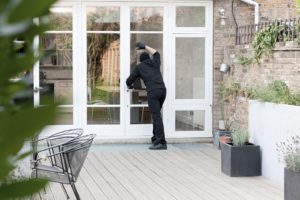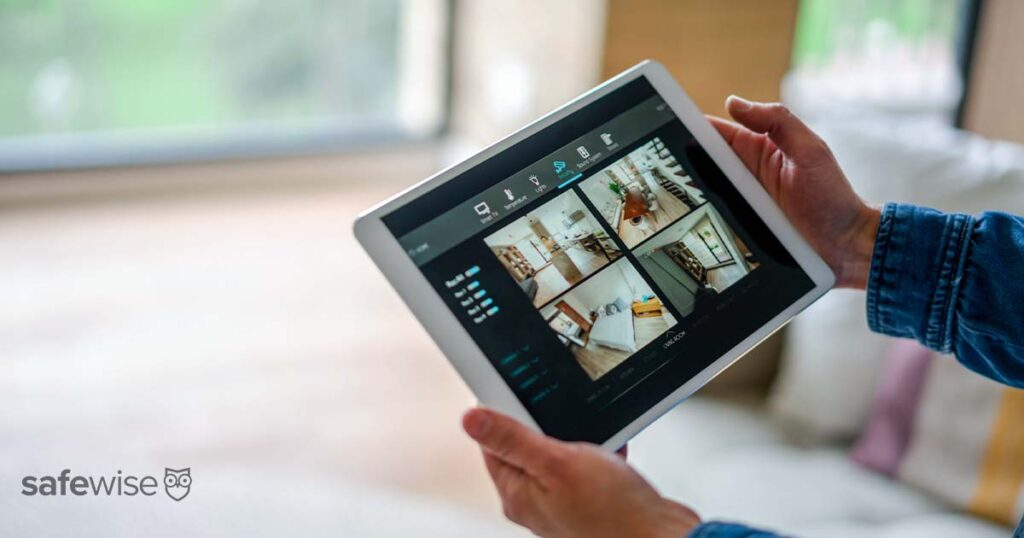Break-ins are the most worrisome property crimes across America, according to our State of Safety survey.
To get a better understanding of what a burglary is (and to help people feel safer in their homes) we’ve rounded up the most surprising home burglary facts and statistics.
We didn’t stop there. We’ve also included safety tips and essential steps you can take to keep your home and belongings secure.




